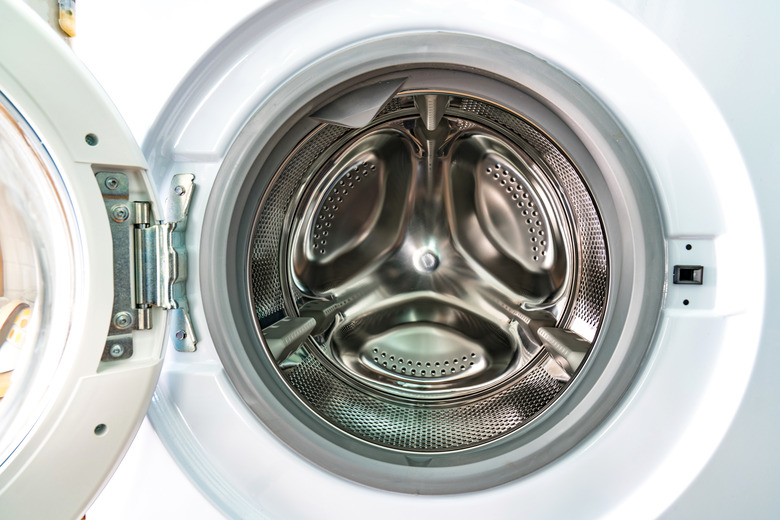How To Drain A Washing Machine For Storage
Readying a washing machine for storage takes more than simply unplugging the machine and loading it on a dolly. Even after a completed cycle, a washing machine will still retain water. Before moving, shipping or storing, you'll need to drain excess liquid from all parts of the machine. If the washer will be exposed to below freezing temperatures or moved during the winter, you'll also want to properly winterize the washing machine using antifreeze. Once the machine is properly drained or winterized, storing it properly – particularly if for a long period of time – is the key to having a washer that's ready to go back into service when you need it.
How to Drain a Washer
How to Drain a Washer
Draining a washer isn't complicated, but it's crucial before storage to guard against potential mold growth due to water sitting in the hoses. Before draining, clean the internal mechanisms of the machine by running a cycle on hot with bleach or white vinegar. To drain, turn off the water supply faucets and then disconnect the hoses from the water supply. Drain the water from those hoses. Next, remove the washer drain hose from the drain, put the hose on the floor and let the water drain into a bucket or pan. Finally, tilt the front of the washer 4 to 6 inches off the ground to get all remaining water in the pump to flow out of the drain hose into the bucket.
How to Winterize a Washing Machine
How to Winterize a Washing Machine
If you'll be storing your washer in a place where it will be exposed to freezing temperatures, or if you're moving during a particularly cold snap, you'll need to winterize the washing machine instead of fully draining it. Winterizing protects the machine from water freezing in its hoses, which can cause damage to the washer. To winterize, shut off water to the washer and then disconnect and drain the inlet water hoses. Pour one quart of an R.V.-type antifreeze in the washing machine basket and run it on the rinse cycle for 30 seconds. Finally, unplug the washer. Of course, before putting the washer back into use, you'll need to run the washer through a full cycle to remove the antifreeze.
Long-Term Storage Tips for Washing Machines
Long-Term Storage Tips for Washing Machines
Take special care when storing a washing machine for a long period of time. Store the washing machine with the door open slightly to allow any moisture to dry. Likewise, if covering, do so with a breathable material to allow for air flow. If possible, store your washing machine off the ground on a pallet where it won't be exposed to water that could cause rust.
By taking the time now to drain or winterize your washing machine before it goes into storage, and by storing it correctly, you're ensuring the washer will be ready when you need it.
